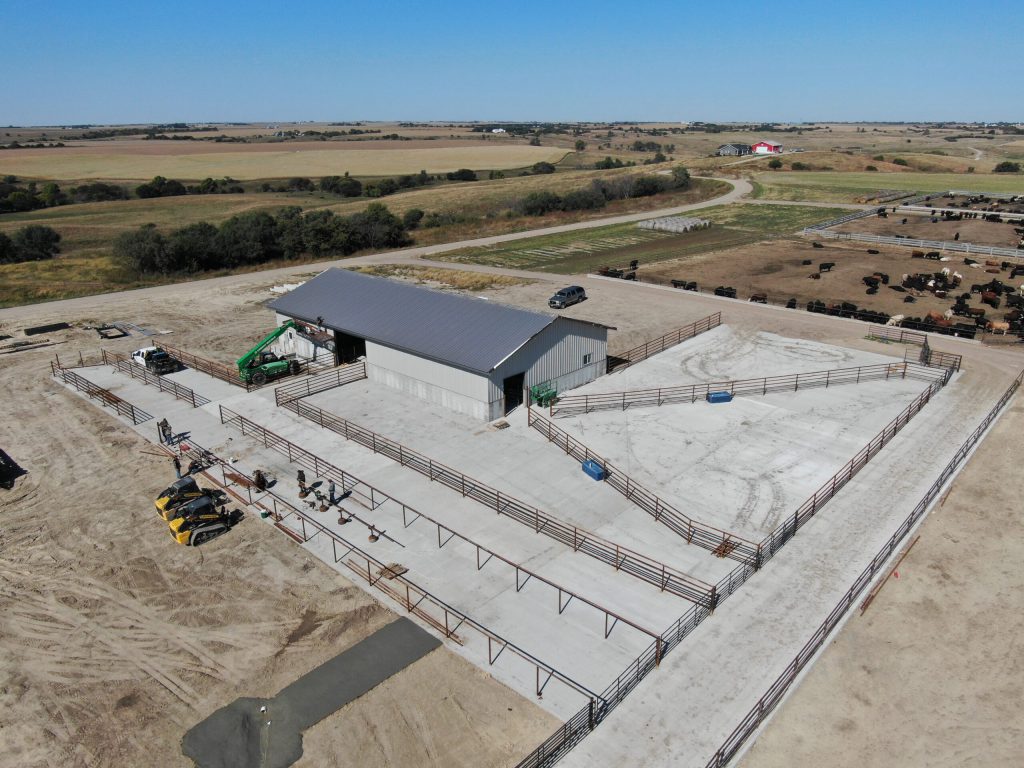
With public scrutiny of animal welfare at an all-time high, it’s more important than ever to maintain high standards for animal care in facilities. This means conditions need to be humane and laser-focused on safety to maximize efficiency and minimize risks for animals and workers. Here are some of the primary factors you should consider when considering updating or fixing your cattle processing facility.
Increased worker productivity
According to a worker’s compensation claims data collection taken in Colorado, stressful conditions accounted for the most animal-related injuries on feedlots and ranches. Loss of working days due to illness or injury at the feedlot can really set back production and cost the employer time and money. Not only do employees risk injury with poor handling facilities, but also mistakes can be made that require more time to fix.
Improved production and quality

Hydraulic working system
In a high-stress facility, not only do workers have an increased risk of being injured but so do animals. Livestock injury can include broken or sprained joints and bruising which discounts the quality grade of meat, sometimes even removing it from being profitable. Stress can turn into increased muscle tension, which causes higher pH and toughness in meat quality. Long-term stress can also lead to dehydration and loss of muscle gain, which can result in economic losses for producers.
With an easy to manage working system, such as one with hydraulic gates for cattle, workers can individualize treatments and care for livestock while maintaining safe practice. Individualizing the care for animals can lead to better profits and less waste of materials.
Easier management practices
Understanding the needs and natural behaviors of your cattle is an important step in better handling. For example, knowing that cattle can be flighty under stress, workers should maintain calm while working. Cattle will usually respond to calm workers naturally by moving slowly and calmly themselves. When put under stress, cattle my run or kick as a “fight or flight” instinct. Stressed cattle can cause damage to your facility or worse, injure employees. Not only can learning to read cattle and how they react to stress decrease risk factors in the workplace, it can also improve management practices, such as better record keeping by minimizing rushed mistakes.
Overall, there are many benefits to creating a low-stress environment for both workers and animals. With just a few simple changes in a feedlot system design, you can improve overall management practices, increase production efficiencies and increase total worker productivity.
Contact us today with any questions in regards to animal handling systems and working facilities.
